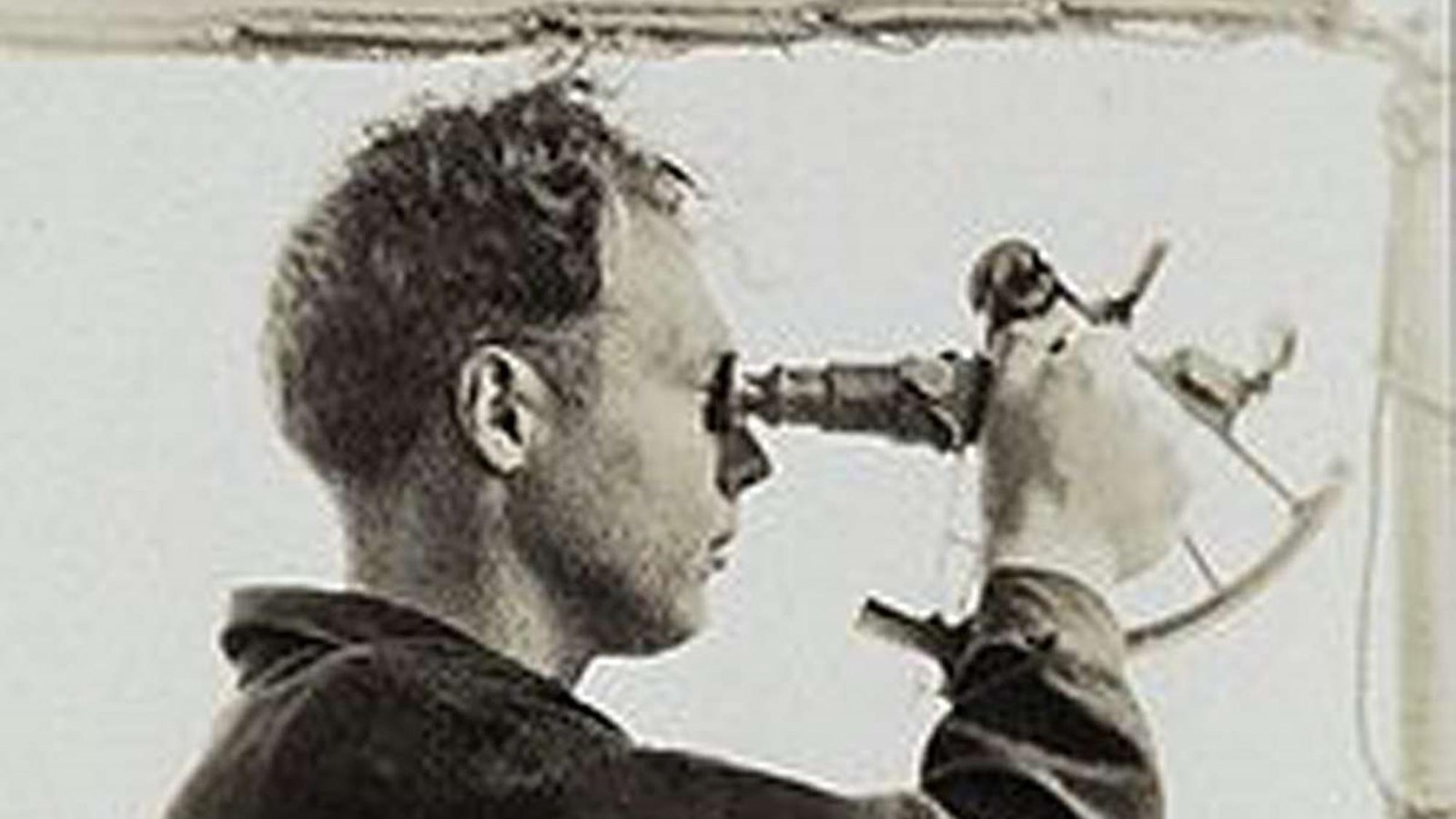Last updated: February 25, 2021
Place
How Big is the Pacific Ocean?

Here is our first view of the Pacific Ocean, the world's largest ocean, encompassing around one-third of the Earth's surface, approximately 64 million square miles - it is significantly larger than Earth's entire landmass, and in the 1800s much of it was uncharted. To successfully navigate a ship, across this ocean to the San Francisco Bay, was a feat-open sea navigation was primarily based on careful celestial navigation. It only took ongoing grey skies and stormy seas to cause a ship to lose its bearing.
Now start crossing the bridge. Stop in the center of the bridge for a moment and face out to sea.
Imagine this is the bridge of a ship. (Bells, orders) The captain had one shot to find the Gate. Listen to the angry waves below. The shipwrecking rocks of the west coast were unforgiving. Any captain trying to get from the ocean to the bay, blinded by night or fog, that heard these waves would know that disaster was imminent (abandon ship!!!), and until 1854, there was no light to allay the palpable fear as a captain committed to the final fateful approach (Ship's steam whistle blows).
Please continue to walk down the path.
A Light Keeper's existence could be completely isolated, as was the case with being stationed at the Farallon Islands, 27 miles out from the coast, or it could be quite urban, as was the case with being assigned to, say, Fort Point in San Francisco. But most Keepers found themselves somewhere in between-like out here at Point Bonita, which was a several-hours buggy ride to the fishing village of Sausalito and then a ferry ride to San Francisco. You are now on the route a Light keeper would have taken many times a day: four hours on duty, six hours off, then once again four on, six off. This long winding walk-a half-mile hike-on a spine of rock jutting out into the sea, displays the rocks of the ancient underwater volcanoes: pillow basalt and diabase, seen here to your right. Growing out of the rock, you may notice, is wild cabbage. Finding themselves so far from town, the keepers grew vegetables, such as cabbage in their gardens; they also kept livestock for meat and milk.
Often with high wind, often bone cold-slippery, rocky, wet. It is one of the world's most unpredictable yet beautiful places.
Please walk to the sign at the tunnel entrance.
Success
Thank you. Your feedback has been received.
Error
alert message







